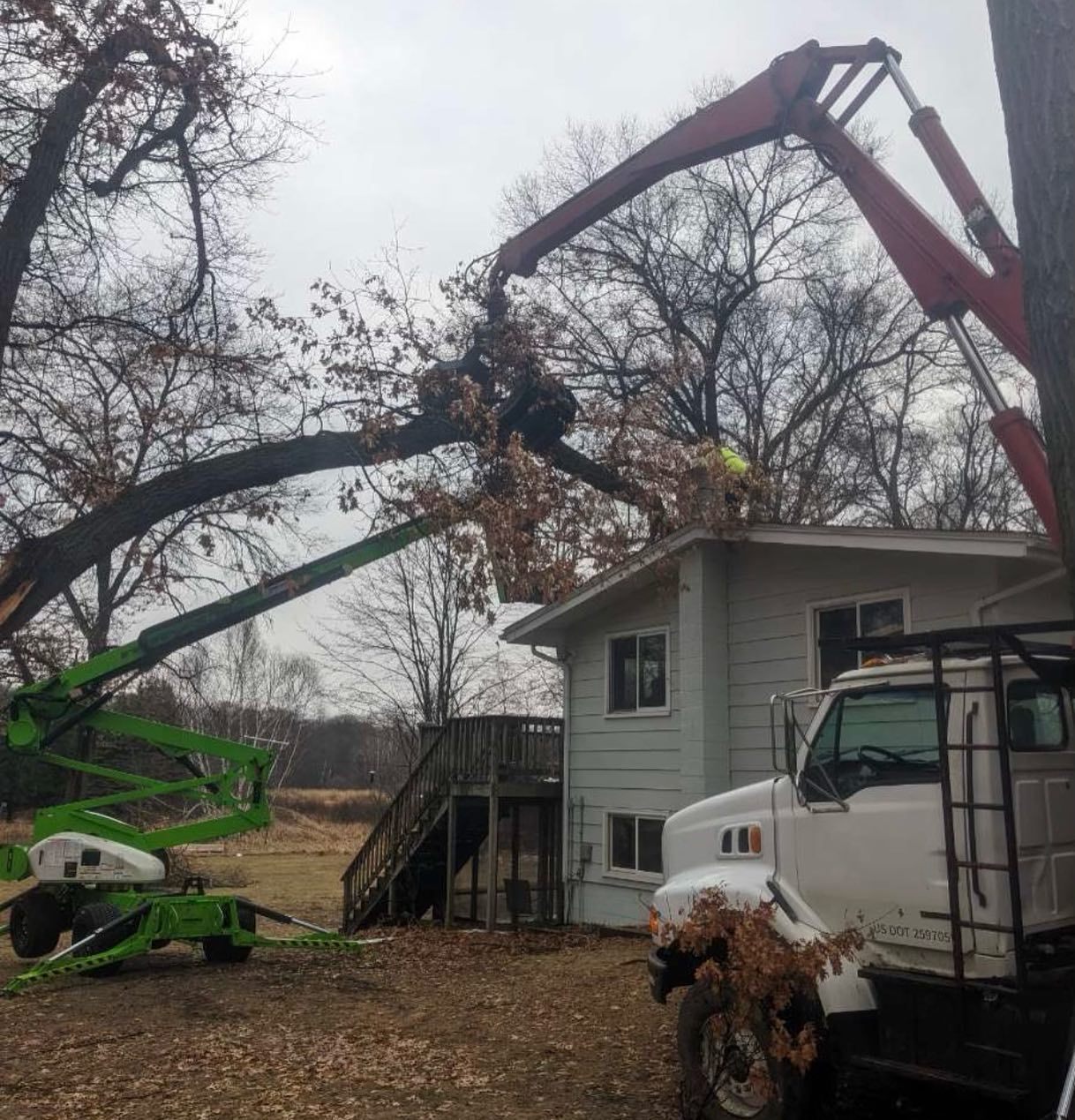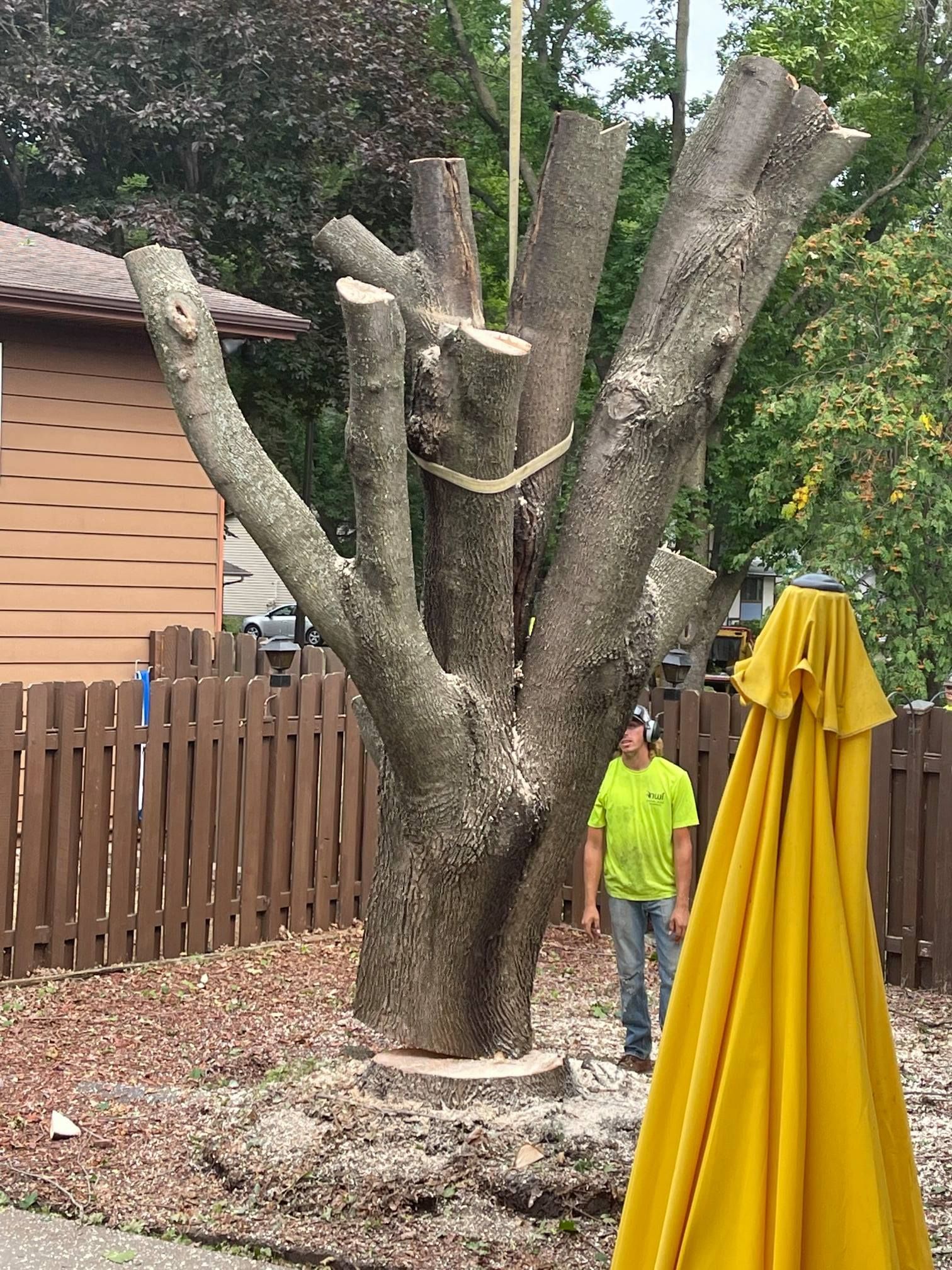TREE TRIMMING
The Benefits of Professional Tree Trimming & Pruning
Proper tree trimming and pruning are essential for maintaining the health and beauty of your trees. By choosing NWI for your tree care needs, you can expect:
Comprehensive Consultations for Your Tree Care Needs
Consult with NWI for all your tree trimming and pruning needs to guarantee the safety and aesthetic appeal of your trees in St. Paul and the surrounding areas. Our consultation process includes:
- Assessment: Our certified arborists will evaluate your trees to identify any problem areas and determine the appropriate trimming and pruning techniques.
- Personalized recommendations: We'll provide tailored recommendations based on your specific needs, taking into account your property's unique landscape and your aesthetic preferences.
- Ongoing care: Regular maintenance is essential for maintaining healthy, beautiful trees. We'll work with you to develop a long-term tree care plan tailored to your property's needs.
The Difference Between Tree Trimming and Tree Pruning: A Basic Guide
Two critical aspects of tree care are tree trimming and tree pruning, which are often used interchangeably but have distinct differences. Let’s explore the key differences between tree trimming and tree pruning, their respective benefits, and when each method should be applied.
Expert Tree Trimming & Pruning Services
Serving St. Paul, Hugo, White Bear, Stillwater & Surrounding Areas
NWI is your go-to source for expert tree trimming and pruning services, ensuring the health, safety, and aesthetic appeal of your trees and landscape. Our team of skilled and certified arborists has the experience and specialized equipment necessary to effectively care for trees of all sizes, from young saplings to mature, adult trees.
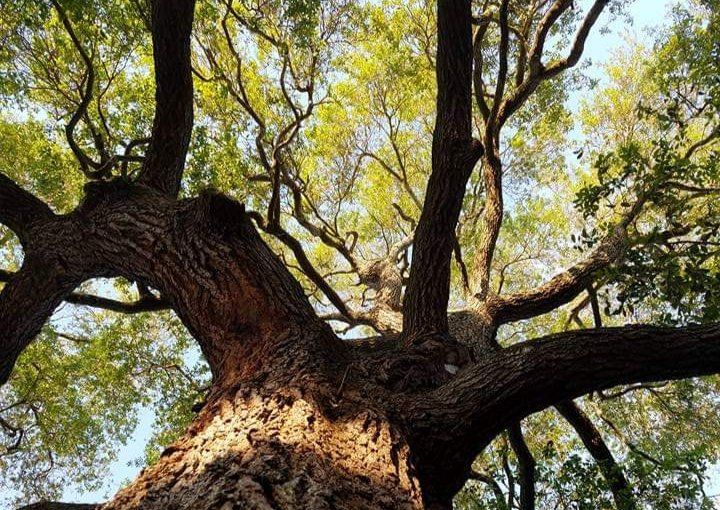
Structuring and Shaping: Building a Strong Foundation While Trimming
One of the primary goals of tree trimming and pruning is to establish a strong, attractive structure as trees mature. Our experts can shape young trees to promote healthy growth patterns by:
Removing competing leaders and weak branches:
A competing leader, also known as a co-dominant leader, refers to a situation where two or more branches or stems compete for dominance as the main leader or central trunk of a tree. This competition usually occurs when the tree has multiple branches or stems that are nearly equal in size, originating from the same point or in close proximity on the tree.
Competing leaders can pose several problems for the tree's health and structural integrity:
- Weak attachments: When two or more branches compete for dominance, they often have a narrow angle of attachment, forming a weak union. This weak attachment can make the tree more susceptible to splitting or breaking apart, especially under heavy loads, high winds, or during storms.
- Increased risk of decay: The area where competing leaders meet may create a bark inclusion, a pocket where the bark from both branches grows together. This inclusion can lead to trapped moisture and promote decay, further weakening the attachment point.
- Stress on the tree: Competing leaders divert the tree's resources, as each leader requires energy and nutrients to grow. This competition can hinder the overall growth and development of the tree.
Encouraging strong branch angles and attachments:
Strong Branch Angles: The angle at which a branch grows from the trunk is a significant determinant of its strength. Branch angles can be classified into three categories:
- Narrow angles (acute): Branches with angles less than 45 degrees are considered narrow or acute. These branches have weak attachments, as the area between the trunk and the branch is tight and prone to trapping bark, which can lead to decay and structural weakness.
- Optimal angles (U-shaped): Branches with angles between 45 and 60 degrees are considered optimal and form strong attachments. These U-shaped angles allow for a solid connection between the branch and the trunk, creating a sturdy, well-supported structure that can withstand external forces.
- Wide angles (obtuse): Branches with angles greater than 90 degrees are considered wide or obtuse. While these branches have strong attachments, their excessive width can lead to the branch being overly horizontal, which may result in it drooping or breaking under its own weight as it grows.
Strong Attachment: Strong attachments between branches and the trunk are crucial for a tree's structural
stability. A well-attached branch will have a branch collar, which is a swelling or ridge where the branch meets the trunk. This collar contains specialized tissue that promotes the growth of new wood and helps seal off wounds when branches are removed.
When pruning or training trees, it's important to promote strong branch angles and attachments by:
- Selecting branches with optimal angles (45-60 degrees) and removing those with narrow or excessively wide angles.
- Encouraging proper spacing between branches to avoid overcrowding and competition for resources.
- Ensuring that pruning cuts are made just outside the branch collar to promote rapid healing and prevent decay.
Thinning crowded branches to improve air circulation and sunlight penetration:
Thinning branches is a crucial aspect of tree care that helps promote sunlight penetration and improve airflow within the tree's canopy. By selectively removing smaller, weaker, or overcrowded branches, tree thinning allows more sunlight to reach the inner and lower parts of the tree, promoting healthier foliage and improving the overall vigor of the tree.
Guiding the overall shape and form of the tree:
By carefully pruning and training branches during the tree's early stages of growth, you can establish a balanced, symmetrical form that enhances the tree's natural beauty. This process also ensures the development of a strong, stable structure, reducing the likelihood of damage or safety hazards as the tree matures. Ultimately, guiding the shape and form of a tree contributes to its long-term health and attractiveness, creating an eye-catching focal point within your landscape.
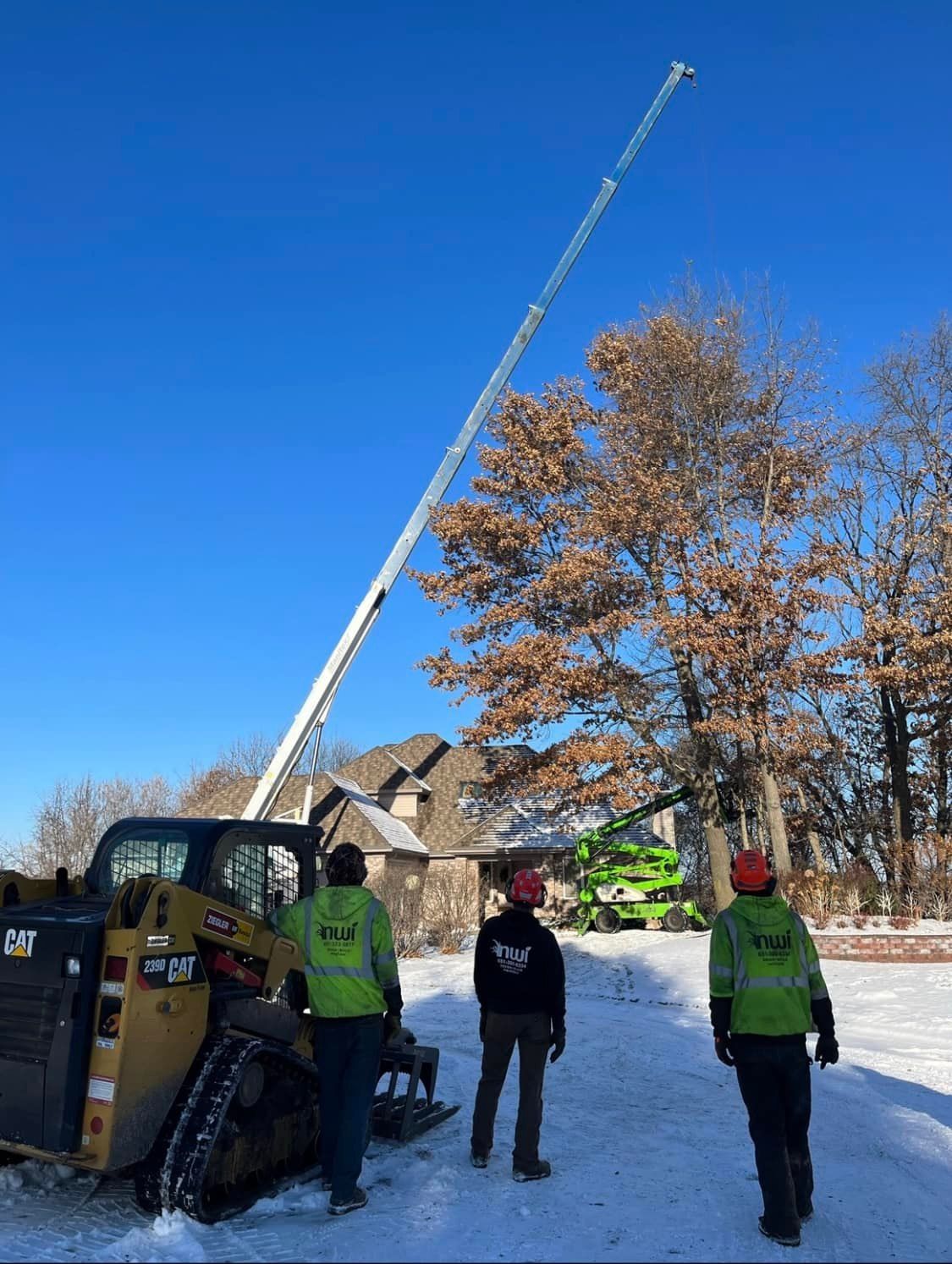
Regular Trimming: Preservation and Protection: Ensuring the Health of Mature Trees
Regular pruning is essential for maintaining the health and structural integrity of mature trees. This process minimizes the risk of disease, infestation, or damage from storms by:
- Removing dead, diseased, or damaged branches.
- Thinning out dense canopies to reduce wind resistance and minimize storm damage.
- Identifying and addressing potential structural weaknesses.
- Encouraging the growth of strong, healthy branches.
Proper pruning helps to preserve and protect your mature trees, ensuring their continued health and longevity.
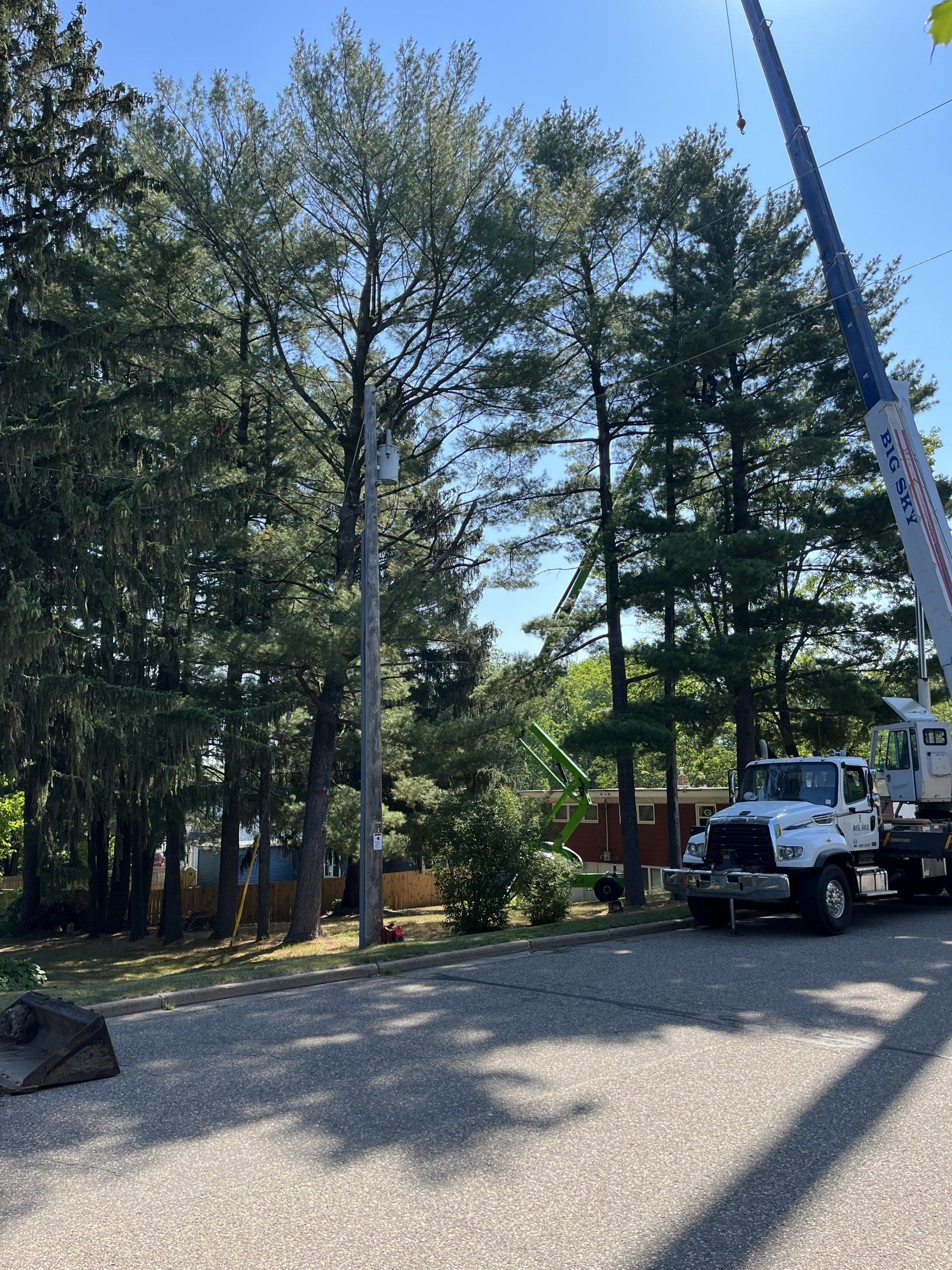
Safety and Property Protection: Minimizing Potential Hazards
Properly pruned trees are less likely to pose a hazard to your property or its occupants. Expert tree trimming and pruning can reduce the risk of falling branches or other potential dangers by:
- Removing weak or damaged branches that could fall during high winds or storms.
- Eliminating branches that are too close to buildings, power lines, or other structures.
- Assessing the overall health and stability of your trees to address potential risks.
- Pruning trees to promote a balanced, stable growth pattern.
By prioritizing safety and property protection, professional tree care services help to create a secure and enjoyable outdoor environment.
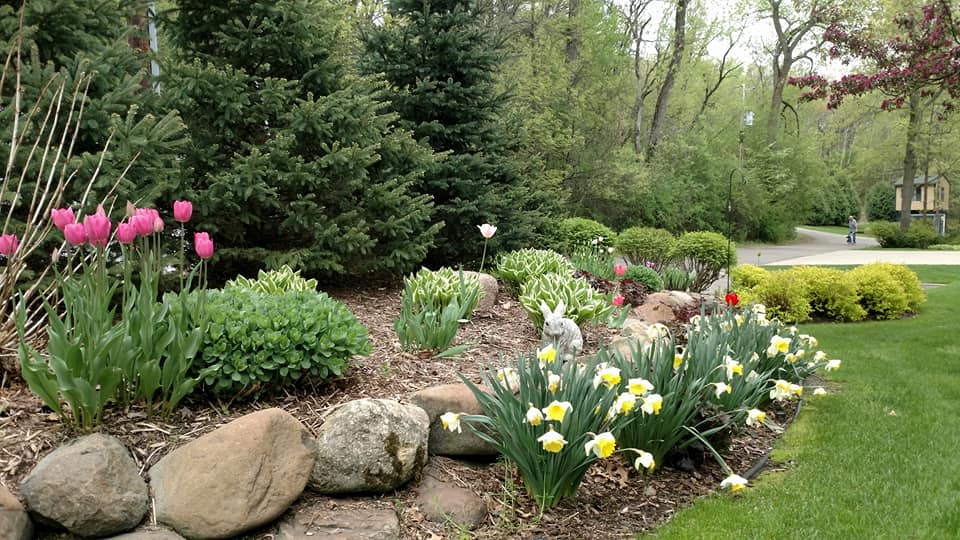
Why Prune Trees? Esthetic Appeal:
Well-maintained trees contribute to an attractive and inviting landscape, enhancing the curb appeal and value of your property. Professional tree trimming and pruning can improve the aesthetic appeal of your trees by:
- Maintaining a balanced, symmetrical shape
- Removing unsightly dead or damaged branches
- Encouraging healthy, vibrant foliage
- Highlighting the unique features and natural beauty of your trees
Winter Tree Trimming?
Should you have your homes trees and shrubs trimmed in the Winter months? Find out what owner Matt Lennon says.
-
Tree Trimming: Shaping Your Trees for Aesthetic Appeal
Tree trimming is primarily focused on maintaining the appearance and shape of your trees. The primary goal is to remove excess growth and create a more aesthetically pleasing landscape.
Tree trimming typically involves:
- Cutting away overgrown branches that obstruct views or encroach on structures.
- Maintaining a balanced and symmetrical shape.
- Removing branches that cross or rub against each other.
- Encouraging healthy growth by allowing sunlight and air circulation.
Tree trimming is essential for promoting a visually appealing landscape and preventing potential hazards due to overgrown branches. Regular tree trimming can also help increase the overall health and longevity of your trees.
-
Tree Pruning: Promoting Tree Health and Structural Integrity
Tree pruning, on the other hand, is a more targeted approach that focuses on maintaining the health and structural integrity of your trees.
Pruning is often performed to:
- Remove dead, diseased, or damaged branches.
- Improve air circulation and sunlight penetration.
- Encourage the growth of strong, healthy branches.
- Prevent the spread of disease or insect infestations.
- Reduce the risk of storm damage by removing weak or vulnerable branches.
Tree pruning requires a deeper understanding of tree biology, as improper pruning can lead to long-term damage or even the death of the tree.
Contact NWI
for Expert Tree Trimming & Pruning Services
Don't leave your tree care needs to chance. Trust the experienced professionals at NWI to keep your trees healthy, safe, and beautiful. Call us at
651-300-8334 for all your tree trimming and pruning needs, and let us help you create and maintain a stunning landscape that you can be proud of.
Call us Today to Schedule Your Consultation
651-300-8334
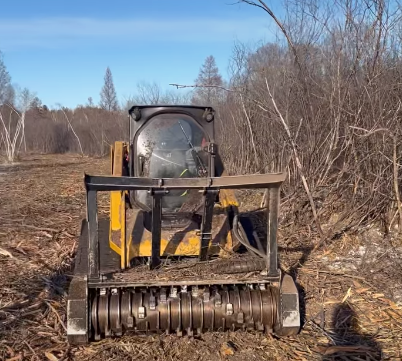
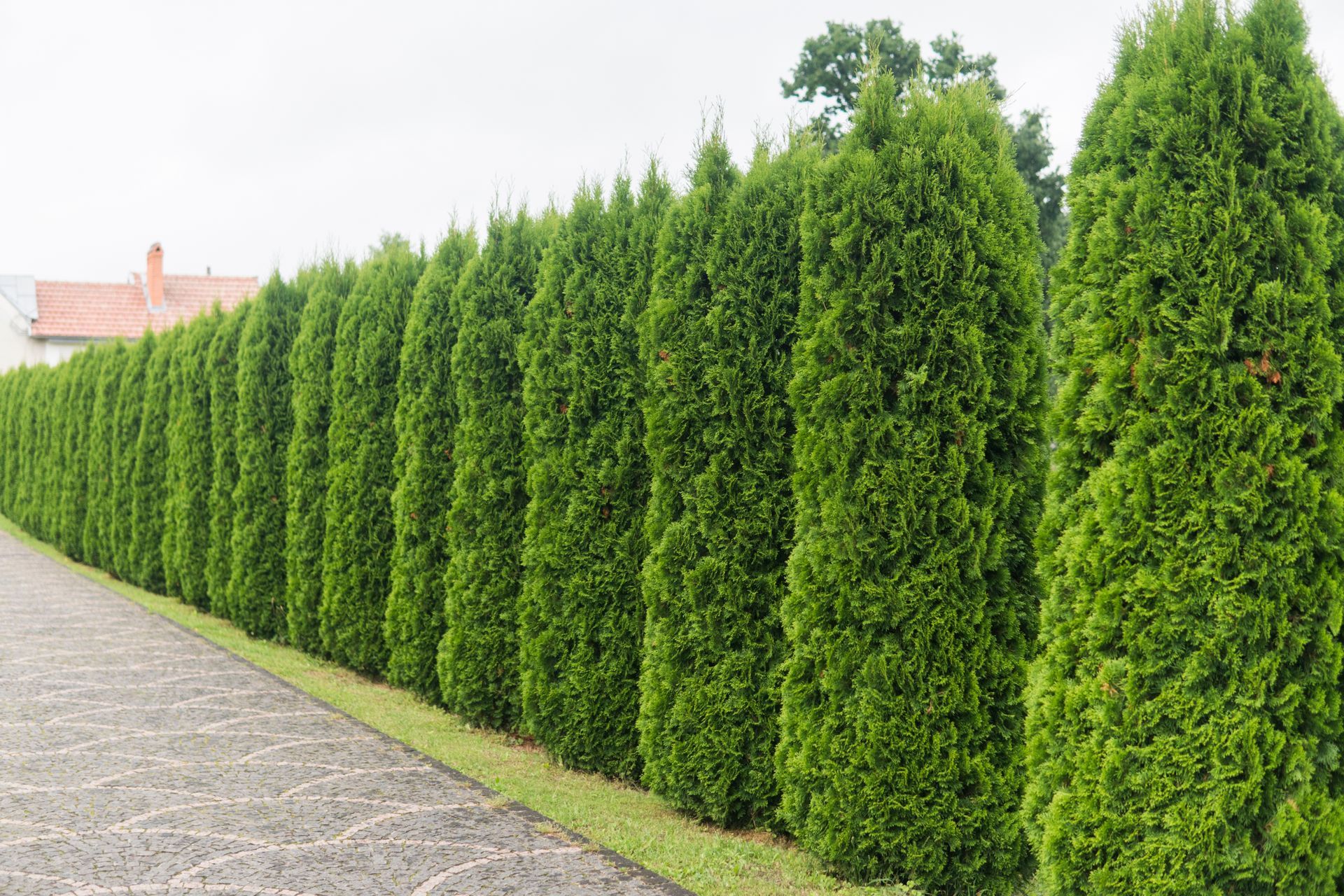
Submit A Form:
Get In Touch
We are here to help you take care of your tree care needs. Get in touch with us today to schedule your free consultation!
© 2023 All Rights Reserved | North Woods Industries, LLC | Privacy Policy


